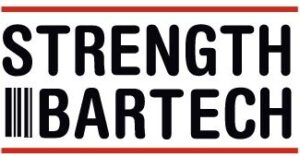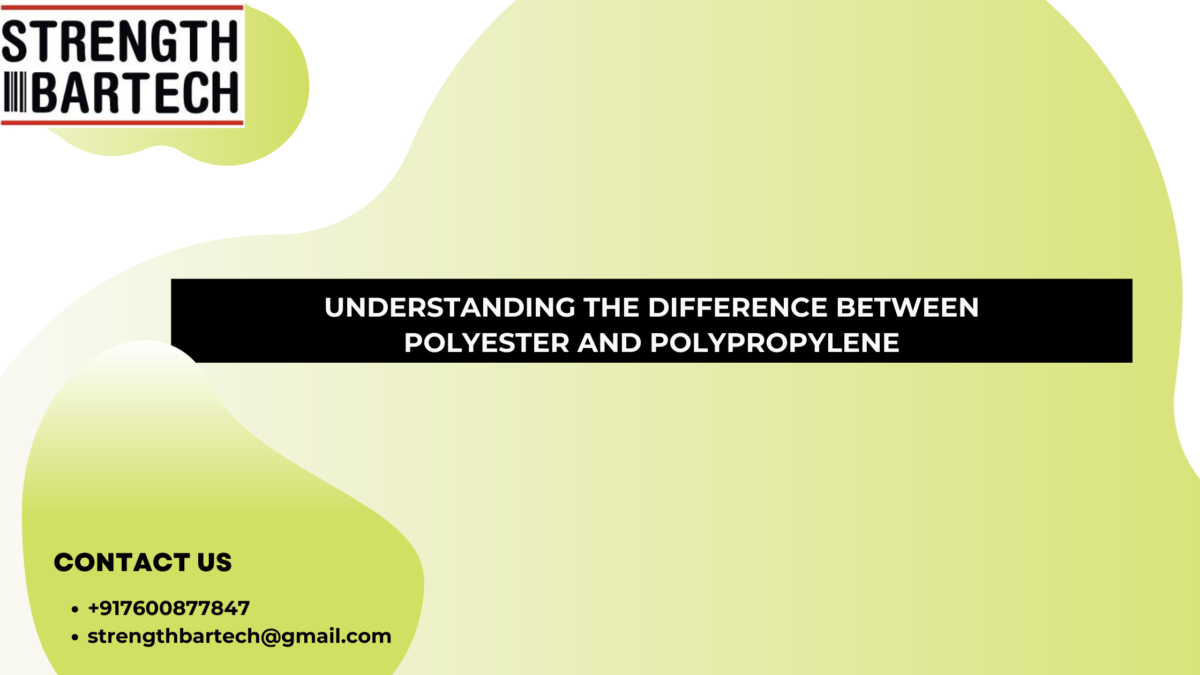Every business, no matter where it stands in the supply chain, relies on Automatic Identification and Data Collection. These tools help gather important info about products and operations, allowing for smoother processes. Barcodes are a common tool for this, helping identify products and track assets. But not all products can use the same barcode label. That’s why there are different types, like polyester and polypropylene labels. In this blog, we’ll break down the differences between them, making it easier for you to choose the right one for your needs.
What are Barcode Labels and Why Are They Created with Various Materials?
Two methods are commonly employed for creating barcodes in AIDC (Automatic Identification and Data Collection) applications: Direct Thermal and Thermal Transfer Printing. Let’s set aside direct thermal for now since it doesn’t involve labels. Thermal Transfer Printing (TTP) involves using a thin film, called a ribbon, to print barcodes on labels. The ribbon includes a layer of wax/ribbon and adhesive on one side, melted and stamped onto the label to generate codes.
Labels can be crafted from various materials, each tailored to specific applications and offering distinct material properties. Material selection impacts both durability and printing cost. Today, we’ll focus on the two most frequently utilized label types: polypropylene and polyester.
Comparing Polyester and Polypropylene Labels
Factors such as durability and resistance greatly depend on the coating of the ribbon used in barcode printing. However, the label material itself also plays a significant role. Let’s delve into the advantages and disadvantages of polyester and polypropylene labels.
Durability Compared to Other Labels:
Polypropylene labels offer considerable durability compared to other types like polyimide and paper. However, polyester labels stand out as the most durable in the market.
Vulnerabilities & Resistance:
Polypropylene excels in protecting against damage, showing resistance to scratches and even water and chemical damage to some extent. However, it lacks flexibility and may deteriorate under prolonged exposure to water and abrasions. Conversely, polyester labels exhibit excellent resistance to chemical and water damage, along with remarkable resistance to abrasions.
Operational Lifespan:
Polyester labels outlast polypropylene labels significantly, with a functional lifespan of over 10 years compared to 6 months to 2 years for polypropylene labels.
Implementation Cost:
Cost considerations are crucial, especially as business scale increases. While polypropylene labels are about three times more expensive than paper and polyimide labels on average, polyester labels top the list as the most expensive, sometimes costing up to ten times more than paper. Nevertheless, selecting the label that best suits the item and its operating environment remains paramount, regardless of cost.
Flexibility:
The ability of a label to endure stretching and warping is pivotal for various applications. Vinyl offers the highest flexibility among label materials. Polypropylene lacks flexibility, whereas polyester offers some flexibility, making it ideal for rugged environments.
Uses of Polyester and Polypropylene Labels
As mentioned earlier, polyester and polypropylene labels possess varying properties and capabilities, making them suitable for certain applications while unsuitable for others. Below is a list of applications for both types of labels:
Polypropylene:
1. Barrels
2. Flooring
3. Baggage
4. Retail shelves
5. Pallets
6. Cartons
7. Electronics
8. Machinery
Polyester:
1. Electric motors
2. Actuators
3. Pumps
4. Electronics
5. Valves
6. Automobile parts
7. Industrial tools and equipment
Conclusion
In conclusion, the use of diverse materials in manufacturing similar products aims to leverage distinct material properties. As outlined in the preceding discussion, both polyester and polypropylene offer unique advantages and drawbacks. Therefore, there isn’t a definitive answer as to which type of label is superior. Instead, when choosing a label, it’s essential to consider its material characteristics and associated costs to determine the most suitable option for your needs.
Frequently Asked Questions
Q1. Are polypropylene labels waterproof?
A1. No, polypropylene labels offer good water resistance but are not entirely waterproof. Prolonged exposure to water can likely cause damage to these labels over time.
Q2. What is the difference between PE and PP labels?
A2. PE and PP labels are made from different materials, each with its own set of material properties, advantages, and disadvantages for various applications.
Q3. What are barcode labels made of?
A3. Barcode labels are essential components utilized in Thermal Transfer Printing for creating barcodes in AIDC solutions. They are crafted from various materials to suit diverse industrial needs. Common types of labels include Paper, Polyester, Polypropylene, Polyimide, and Vinyl labels, each named after the material used in their production.

